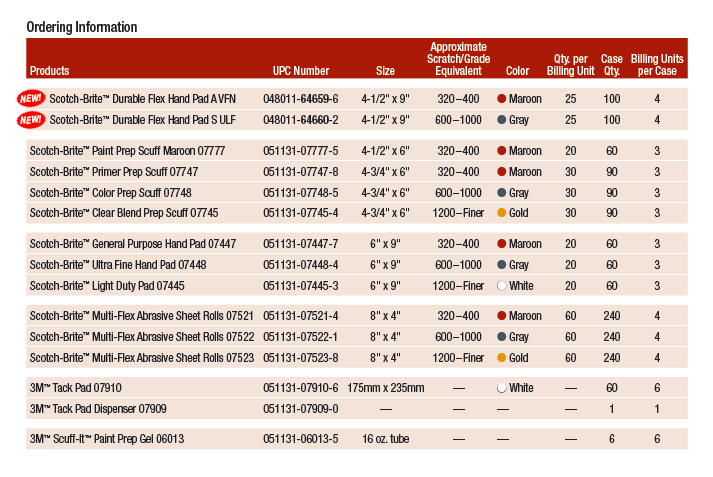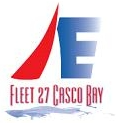- You will not win a race with a fouled bottom; even with only 1 week without cleaning the bottom, the boat will be measurably slower
- Most crews clean the hull every week, preferably no more than 1 or 2 days before the race
- You can hire a diver or do it yourself
- A few boats have naked epoxy coatings on the bottom; most have hard antifouling paint
- Boats with antifouling paint may get away with cleaning every other week; especially early in the season when Casco Bay water is still very cold
- Ian likely will not clean a boat bottom coated with ablative bottom paint
- Anyway, why would you use ablative paint only to have the diver wipe it off?
Hull Bottom Finish Options
The following is the opinion of one owner. Others in the fleet probably have different opinions.
The fleet has left it open for each owner to decide how the boat’s hull bottom is prepared. There is a wide range of options in this area, so given that the solution is unrestricted, there is an opportunity to find a speed advantage, or at least not introduce a speed deficit.
In other fleets, Etchells are usually dry-sailed. But here they live in the water on moorings all summer. Since the hulls are made from polyester resin which is susceptible to osmotic blistering when left in seawater, it is best to apply a barrier coating to the hull bottom on the boats that are kept on a mooring all season. Plus, the biofouling that occurs after just a few days in the water does not improve boat speed around the course. Dealing with these issues leads to a range of possible approaches. Most of the owners at the top of the leaderboard probably spend a lot of time and/or money to achieve a very smooth, durable hull bottom finish.
A superior anti-fouling paint bottom job starts with locating and marking the waterline, followed by many hours of fairing followed by at least 3 to 5, or more, coats of epoxy barrier coat (e.g., Interlux Interprotect 2000E) sprayed on to seal the polyester/fiberglass bottom to prevent osmotic blistering. More wet sanding, then finally 2 to 3 coats of bottom paint sprayed on, and finally several hours of wet sanding and polishing/burnishing.
One of the best anti-fouling bottom paints for a wet-sailed Etchells is Interlux VC Offshore Baltoplate, followed closely by (“regular”) VC Offshore. These paints are really hard. Baltoplate is advertised to be a little harder than VC Offshore, but Baltoplate comes only in a copper-brown color, and VC Offshore comes in black or red. Another popular antifouling bottom paint for racing boats is Pettit Vivid, mostly because it comes in white, among other colors. Pettit Black Widow bottom paint is a relatively new product and is used on some Atlantics in Blue Hill; although some say it is just Vivid under a new name. Some other owners swear by Sea Hawk Biocop TF bottom paint. No matter what paint you pick, you want a hard (i.e., not ablative) paint that can be wet sanded smooth. Ideally, you would have the paint sprayed on by a professional in a controlled shop environment, but many owners apply it themselves. Even with anti-fouling paint, the hull bottom still needs (gentle) cleaning every week or two during the season to remain competitive.
Several local Etchells do not use anti-fouling bottom paint and have just an epoxy finish on the bottom (VC Performance, or equal). With a naked-epoxy finish, you must dive the boat every week, a day to two before the race, to clean it. Hull numbers 310, 312, 744, 1350 (and maybe others in the fleet) each have naked epoxy hull bottoms, I believe.
The cost to hire somebody to prepare the hull bottom will fall somewhere in the $6,000 to $8,000 range, probably. Possibly even more at a full-service boatyard. Not everyone wants to spend that much money and see this task as something they can do themselves. Probably true, but recognize it is a lot of work to do well, toxic to you and the environment, and is done easier with the tools and skills that the boat pro has readily at hand, but which the average boat owner does not have access to (hoist to remove the boat from the trailer, paint shop, painting skills). A professionally done hull bottom job should hold up well for at least 3 to 5 years, maybe longer.
For those not interested in doing this work themselves, finding someone locally to apply a good bottom system (barrier coat + anti-fouling) is a challenge. Here are a few suggestions for people to consider…
- In Newburyport, MA – Greg Dolan at Seacoast Specialty Marine (He is a former Etchells and Star champion sailor. Only 90 minutes down the road.) (#1260 has had work done here.)
- On Cape Cod, Karl Anderson of Karl’s Boatshop. Karl is a former Etchells World champ. (#310 and #1302 have had boat work done here)
- In Burlington, VT, – Chris Morgan. Chris is another championship level Etchells racer. (Does work for #1350.)
- In Ipswich, MA – Chris Small. (I think #1350 had its epoxy hull bottom done here.)
- Ontario Yachts, the North American Etchells builder in Ontario, Canada.
- Or, you can try one of the full-service boatyards, but I expect they will be more expensive.
- Several boats apply their own paint. #1139 uses Pettit Vivid (white), I think, and applies it himself. #663 applies anti-fouling paint themselves, but not sure what they use. #711 slopped his bottom paint on with brush just before launching and used to beat us all regularly when they were sailing. So, it may not matter all that much how the bottom is done 😉
Pads to use for the Weekly Hull Bottom Cleaning
As the season progresses, Ian starts with a sponge and progresses through a range of 3M scrubbing pads as the biofouling becomes more difficult to remove. Remember, these pads are abrasive and they gradually remove the expensive finish you have put on the hull bottom. So, you want to use the least abrasive pad you can get by with using. Here is a sampling of the cleaning pads he may use (usually white and maroon):

